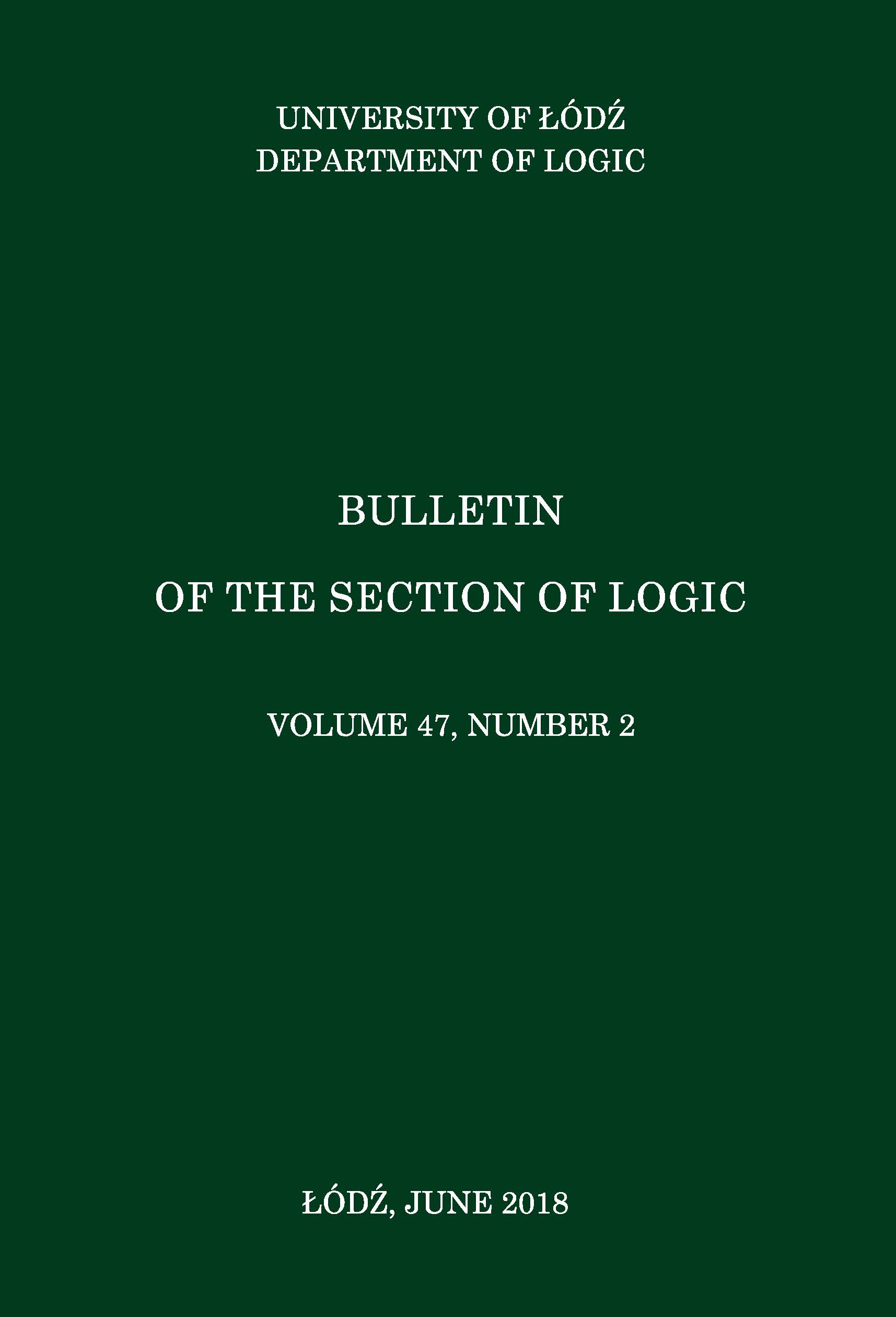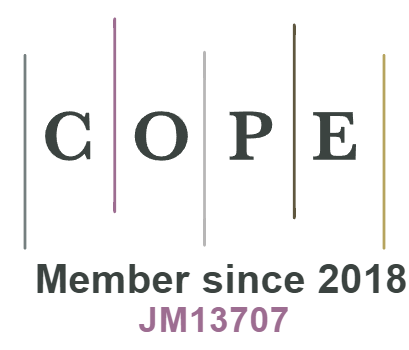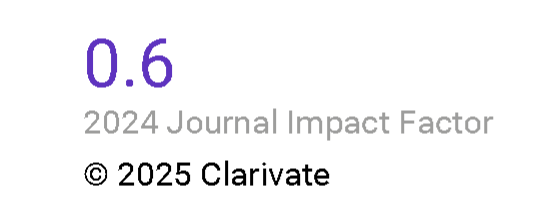Grzegorczyk Algebras Revisited
DOI:
https://doi.org/10.18778/0138-0680.47.2.05Keywords:
Grzegorczyk algebras, free Boolean extensions of Heyting algebras, stable homomorphismsAbstract
We provide simple algebraic proofs of two important facts, due to Zakharyaschev and Esakia, about Grzegorczyk algebras.
References
[1] G. Bezhanishvili and N. Bezhanishvili, An algebraic approach to canonical formulas: modal case, Studia Logica 99 (2011), pp. 93–125.
Google Scholar
[2] G. Bezhanishvili, N. Bezhanishvili and R. Iemhoff, Stable canonical rules, Journal of Symbolic Logic 81 (2016), pp. 284–315.
Google Scholar
[3] W. J. Blok, Varieties of interior algebras, PhD thesis, University of Amsterdam (1976), URL=http://www.illc.uva.nl/Research/Dissertations/HDS-01-Wim_Blok.text.pdf
Google Scholar
[4] W. J. Blok and Ph. Dwinger, Equational classes of closure algebras. I, Indagationes Mathematicae 37 (1975), pp. 189–198.
Google Scholar
[5] A. Chagrov and M. Zakharyaschev, Modal logic, Oxford University Press, New York, 1997.
Google Scholar
[6] A. Chagrov and M. Zakharyashchev, Modal companions of intermediate propositional logics, Studia Logica 51 (1992), pp. 49–82.
Google Scholar
[7] L. L. Esakia, On the theory of modal and superintuitionistic systems, [in:] V. A. Smirnov (ed.), Logical inference, Nauka, Moscow (1979), pp. 147–172 (in Russian).
Google Scholar
[8] L. L. Esakia, On the variety of Grzegorczyk algebras, [in:] Studies in nonclassical logics and set theory, Nauka, Moscow (1979), pp. 257–287 (in Russian).
Google Scholar
[9] S. Ghilardi, Continuity, freeness, and filtrations, Journal of Applied Non-Classical Logics 20 (2010), pp. 193–217.
Google Scholar
[10] S. Givant and P. Halmos, Introduction to Boolean algebras, Springer, New York, 2009.
Google Scholar
[11] A. Grzegorczyk, Some relational systems and the associated topological spaces, Fundamenta Mathematicae 60 (1967), pp. 223–231.
Google Scholar
[12] D. C. Makinson, On the number of ultrafilters of an infinite boolean algebra, Zeitschrift fur mathematische Logik und Grundlagen der Mathematik 15 (1969), pp. 121–122.
Google Scholar
[13] L. L. Maksimova and V. V. Rybakov, The lattice of normal modal logics, Algebra and Logic 13 (1974), pp. 105–122.
Google Scholar
[14] J. C. C. McKinsey and A. Tarski, On closed elements in closure algebras, Annals of Mathematics 47 (1946), pp. 122–162.
Google Scholar
[15] A. Y. Muravitsky, The embedding theorem: its further developments and consequences. Part I, Notre Dame Journal of Formal Logic 47 (2006),pp. 525–540.
Google Scholar
[16] M. M. Stronkowski, Free Boolean extensions of Heyting algebras, Advances in Modal Logic, Budapest, 2016, pp. 122–126 (Extended abstract).
Google Scholar
[17] M. M. Stronkowski, On the Blok-Esakia theorem for universal classes, arXiv:1810.09286.
Google Scholar
[18] F. Wolter and M. Zakharyaschev, On the Blok-Esakia theorem, [in:] G. Bezhanishvili (ed.), Leo Esakia on Duality in Modal and Intuitionistic Logics, Springer Netherlands, Dordrecht (2014), pp. 99–118.
Google Scholar
[19] M. Zakharyaschev, Canonical formulas for K4. Part I. Basic results Journal of Symbolic Logic 57 (1992), pp. 1377–1402.
Google Scholar
Downloads
Published
How to Cite
Issue
Section
License
Copyright (c) 2018 Bulletin of the Section of Logic

This work is licensed under a Creative Commons Attribution-NonCommercial-NoDerivatives 4.0 International License.















